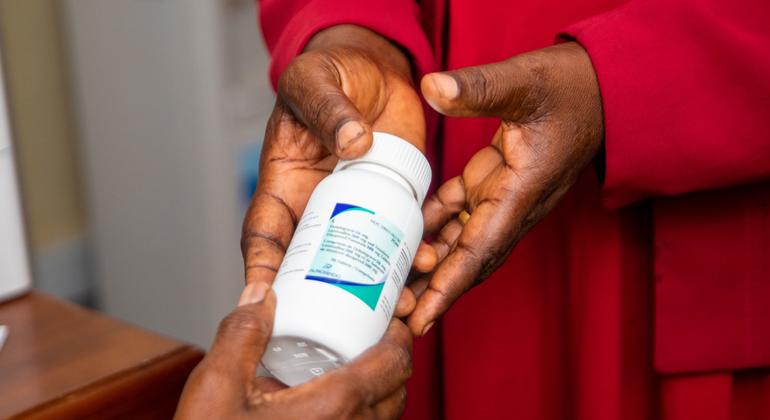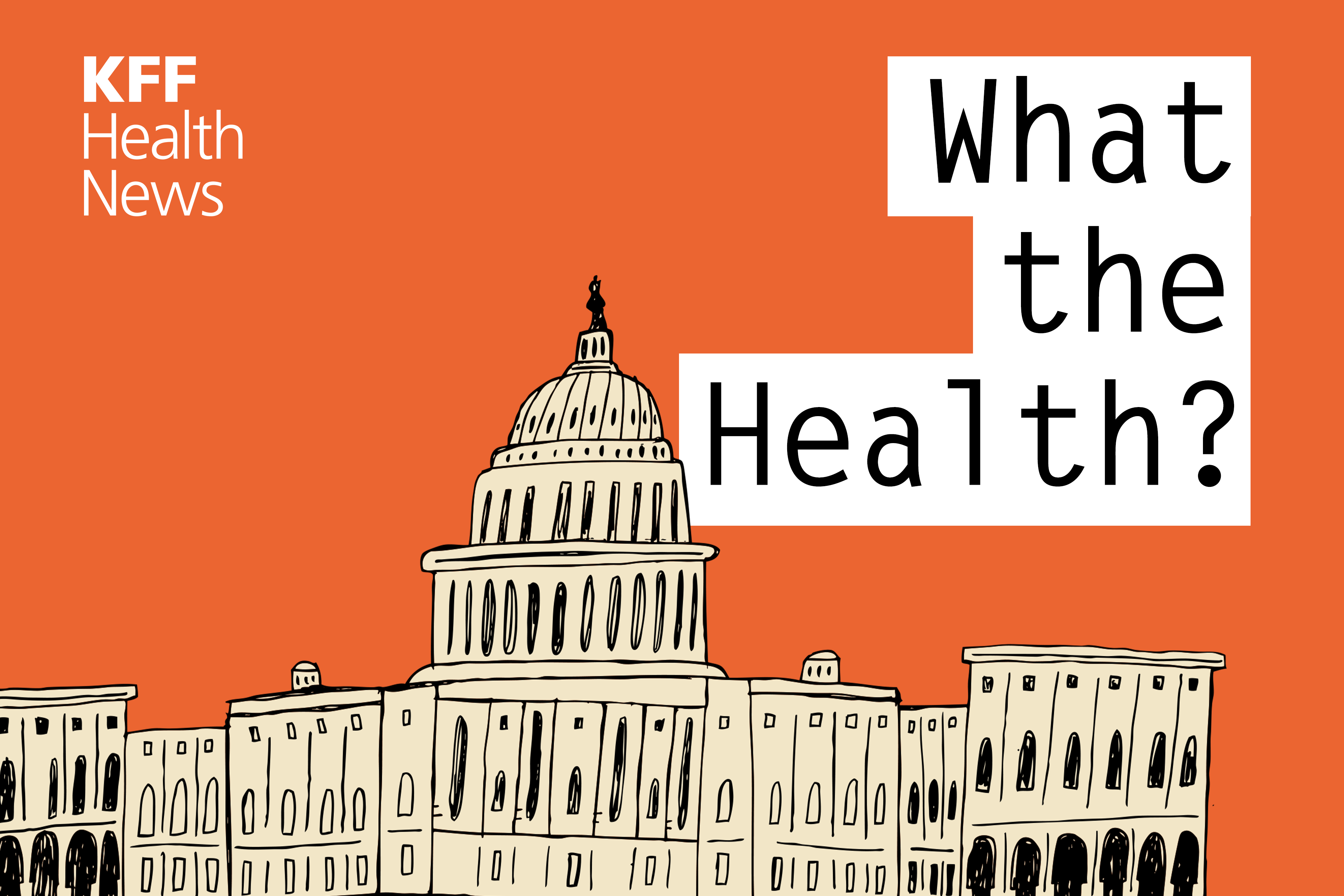It's a critical time to spotlight the dire health disparities affecting Black Americans, from premature deaths to maternal care, and the urgent need for systemic reforms.
Racial and ethnic disparities continue to significantly impact the health care experiences of millions of Americans, with people of color often receiving worse care than their White counterparts. Racial and ethnic disparities affect millions of Americans, and oftentimes, the disproportionate impact on Black communities is starkest. Black patients received lower-quality care than White patients on 52% of quality measures according to the 2023 assessment by the federal Agency for Healthcare Research and Quality.1 These disparities exist across crucial areas like heart disease, cancer, stroke, maternal health, pain management, and surgical care, underscoring persistent inequities in patient safety and treatment outcomes throughout the health system.2
Here are 5 critical ways the US health care system is failing Black people that demand swifter action.
1. Premature Deaths
Black Americans experience avoidable or premature deaths at 2 to 3 times the rate of any other racial and ethnic group across every US state.3 Avoidable mortality—deaths before age 75 from preventable conditions like diabetes, certain cancers, infections, injuries, and drug overdoses—remains alarmingly high in the US compared with other nations, with Black Americans disproportionately impacted. According to the 2025 Scorecard on State Health System Performance published by the Commonwealth Fund, in 2023, the national rate was 278 per 100,000 people younger than age 75, but this burden was not evenly distributed.4
In 42 states and the District of Columbia, Black residents were at least twice as likely to die early from preventable causes as the group with the lowest rate. In 32 of those states, they were at least 3 times as likely. These inequities are closely tied to structural factors such as lower insurance coverage, reduced access to quality care, socioeconomic challenges, and the lasting effects of discriminatory policies.
Drug overdose deaths, although slightly declining nationally since the COVID-19 pandemic peak, continue to disproportionately affect Black communities. Many with substance use disorders still lack treatment: 77%, based on data from 2022. Addressing avoidable mortality for Black Americans requires systemic reforms that expand access to care, confront social determinants of health, and invest in community-based prevention and treatment.
2. Infant Mortality
Across the country, the mortality rates for Black infants are double those of White infants. Current data show infant mortality in the US worsened in 20 states between 2018 and 2022, reversing a long-term trend of improvement. While the national rate generally declined in recent decades, it rose between 2021 and 2022. In 2022, the infant mortality rate for babies born to Black women was 10.9 deaths per 1000 live births, more than double the rate for White infants (4.5).
Addressing these disparities requires timely prenatal care, health education for caregivers, and expanded access to community-based maternity care models like group prenatal care and doula services. States that expanded Medicaid eligibility have seen greater declines in infant mortality.
3. Maternal Deaths
Black women's risk of maternal cardiac death is more than triple that of White women, with Southern states exhibiting the highest regional rates.5 Maternal deaths from cardiovascular disease (CVD) in the US more than doubled between 1999 and 2022. Researchers identified 7581 maternal deaths from CVD, often from preventable causes, indicating the need for improved risk screening, access to high-risk obstetric care, and targeted interventions to reduce racial and regional disparities in maternal heart health.
More than half of maternal deaths occur after childbirth, highlighting the need for better postpartum care.4 Access to maternal and reproductive health care remains under threat, particularly in states with abortion bans.
4. Breast and Ovarian Cancers
Black women experience alarming disparities in cancer care, especially for ovarian and breast cancers. They are significantly more likely to be diagnosed with advanced-stage disease than their White counterparts. These disparities stem from systemic inequities in care access and are compounded by geography, CK Wang, MD, hematologist-oncologist and the chief medical officer of COTA, explained in an interview with The American Journal of Managed Care®.6 States with restrictive abortion laws also have the highest mortality rates from breast and cervical cancers. Ovarian cancer, already difficult to detect, disproportionately affects Black women who often face barriers to early diagnosis and specialist care.
"What’s more difficult for a disease such as ovarian cancer is the fact that there are very few gynecologic oncologists here in the US. In fact, the latest estimates show that there are only 1300 to 1500 gynecologic oncologists practicing in the [US], and that is significantly smaller than the demand," he said. "Not only do we see the historical racial disparity, but when you see this big disconnect when it comes to access to care, that’s when the trend becomes very troublesome."
Adding to the concern is a decline in obstetric-gynecology residency applications following the overturning of Roe v Wade, particularly in states with abortion restrictions. This shortage is likely to shift cancer detection to primary care providers and treatment to general oncologists, potentially worsening outcomes for uninsured, underinsured, or marginalized patients who lack timely surgical intervention and expert care. These trends underscore an urgent need to address workforce shortages, restore reproductive health care access, and invest in equitable cancer care.
5. Insurance Coverage and Provider Access
Although the Affordable Care Act (ACA) has increased health coverage across racial and ethnic groups, disparities persist. Uninsured rates remain significantly higher among Black, Hispanic, and American Indian/Alaska Native residents compared with White and Asian American, Native Hawaiian, and Pacific Islander counterparts in most states. As of 2024, Black and Hispanic Americans are still disproportionately affected in the 10 states that have not participated in the ACA’s Medicaid expansion.
These disparities are deeply rooted in decades of policy decisions leading to economic marginalization, educational inequities, and housing segregation. The 10 states that haven't expanded Medicaid continue to have the largest racial and ethnic coverage gaps, leaving many Black and Hispanic Americans without affordable care.
It's a critical time to spotlight the dire health disparities affecting Black Americans.
Image credit: hafakot-stock.adobe.com

Access to high-quality primary care is crucial for reducing inequities, yet predominantly Black and Hispanic communities often face a shortage of providers and facilities. Research shows that patients of color have better care experiences and outcomes when matched with clinicians of similar racial or ethnic backgrounds. However, barriers like provider shortages, high costs, and systemic discrimination often drive many to emergency departments for conditions that are manageable in primary care. For example, Black Medicare beneficiaries are more likely than White beneficiaries to be hospitalized for preventable complications of chronic diseases, indicating missed opportunities for timely care.
To truly advance health equity, strengthening primary care infrastructure in underserved communities is paramount. Investing in community-based care, expanding Medicaid, and supporting a more diverse clinical workforce are essential steps toward ensuring everyone has access to high-quality, equitable care, regardless of race or zip code.
References
1. Agency for Healthcare Research and Quality. 2023 National Healthcare Quality and Disparities Report Appendixes. December 2023. Accessed June 18, 2025. https://www.ahrq.gov/sites/default/files/wysiwyg/research/findings/nhqrdr/2023-NHQDR-appendixes-ACDE.pdf
2. Advancing racial equity in U.S. health care. The Commonwealth Fund 2024 state health disparities report. The Commonwealth Fund. April 18, 2024. Accessed June 19, 2025. https://www.commonwealthfund.org/publications/fund-reports/2024/apr/advancing-racial-equity-us-health-care
3. Grossi G. 10 years of coverage gains threatened by proposed federal policy changes, report finds. AJMC. June 18, 2025. Accessed June 18, 2025. https://www.ajmc.com/view/10-years-of-coverage-gains-threatened-by-proposed-federal-policy-changes-report-finds
4. 2025 scorecard on state health system performance. The Commonwealth Fund. June 18, 2025. Accessed June 18, 2025. https://www.commonwealthfund.org/publications/scorecard/2025/jun/2025-scorecard-state-health-system-performance
5. Klein H. Maternal cardiac deaths double, impacting Black women most. AJMC. March 25, 2025. Accessed June 19, 2025. https://www.ajmc.com/view/maternal-cardiac-deaths-double-impacting-black-women-most
6. Grossi G. Racial disparities in ovarian cancer could increase as trends point to access barriers: CK Wang, MD. May 16, 2025. Accessed June 19, 2025. https://www.ajmc.com/view/racial-disparities-in-ovarian-cancer-could-increase-as-trends-point-to-access-barriers-ck-wang-md








 English (US) ·
English (US) ·